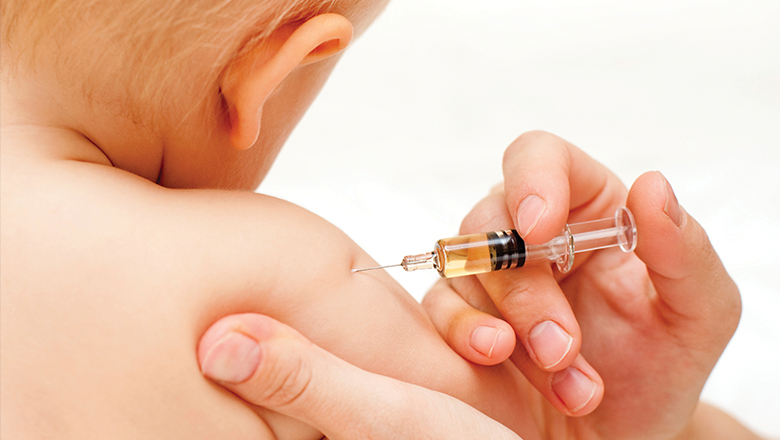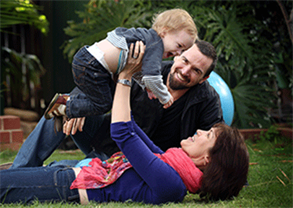Search
Research
Pertussis burden and acellular pertussis vaccine effectiveness in high risk childrenPertussis hospitalisation is more common among infants born prematurely, who have significant comorbidities, or are Indigenous, but acellular pertussis (aP) vaccine effectiveness (VE) estimates in these sub-groups are lacking. We measured aP VE by Indigenous status, and policy-relevant categories of prematurity and comorbidity, in a population-based Australian cohort.

News & Events
Immunisation advice before, during and after pregnancyAre you pregnant or planning to have a baby? There are important vaccinations that you should consider to protect your health and the health of your baby.

News & Events
The good oil on immunisationAs a new parent or parent-to-be, you will be faced with many important decisions about your health and the health of your child, including immunisation.
News & Events
National Indigenous Immunisation Research WorkshopYou are invited to register to attend the National Indigenous Immunisation Research Workshop 2013: lessons learnt and future directions Workshop.
News & Events
The science of immunisation: Questions and answersCommon myths about immunisation have been laid to rest in a new booklet written by top immunologists and published by the Australian Academy of Science.
Research
Baseline incidence of adverse birth outcomes and infant influenza and pertussis hospitalisations prior to the introduction of influenza and pertussis vaccinationThese baseline data are essential to assess the safety and effectiveness of influenza and pertussis vaccinations in pregnant women from the NT
Research
Vaccine acceptance: Science, policy, and practice in a ‘post-fact’ worldWe must continue our efforts to promote vaccine acceptance and thus increase vaccination uptake, by fostering more effective vaccination communication
Research
The politics of picking: Selective vaccinators and population-level policyPublic health systems face tensions between individuals and the collective. Parents who selectively vaccinate demonstrate this tension
Research
Attitudes about and access to influenza vaccination experienced by parents of children hospitalised for influenza in AustraliaImproving parents’ and providers’ knowledge and confidence in influenza vaccination safety, efficacy, and benefits should be prioritised
Research
Impact of Childhood Pneumococcal Conjugate Vaccine on Nonnotified Clinically Suspected Invasive Pneumococcal Disease in AustraliaThis study provides a quantitative estimate of the total burden of invasive pneumococcal disease preventable by vaccination programs in Australia
